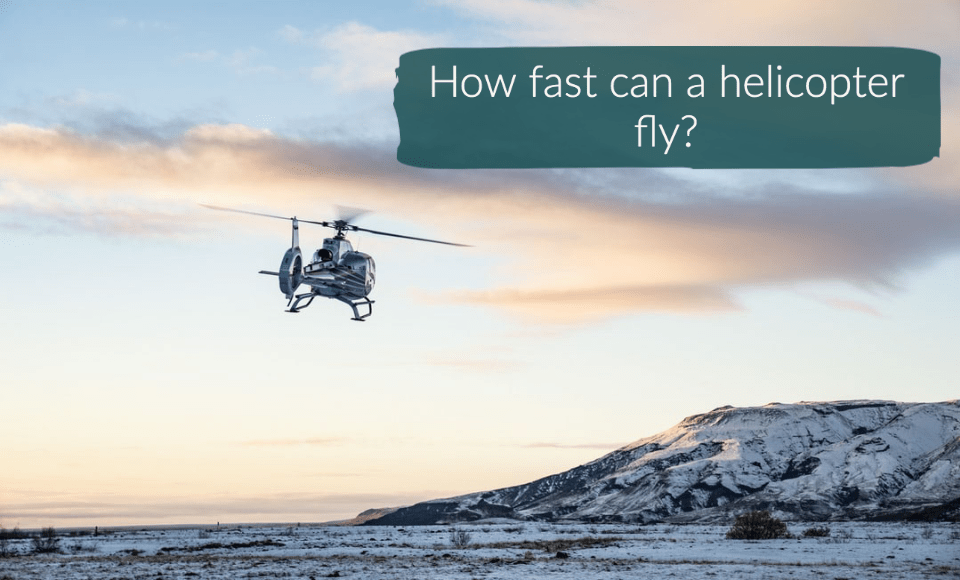A helicopter gets its aerodynamic lift the same way a fixed-wing aircraft does, the only difference being that it has only rotor blades instead of fixed-wings. The angle of attack (the angle at which the leading edge meets the airstream) determines the amount of lift. As the rotor turns, it traces out the circle in the air which is known as the rotor disc. If a helicopter is just hovering, the speed of the blades through the air is constant at all points around the rotor disc.
When the helicopter is moving forwards, however, the speed of the blade changes relatively as it travels around the disc. When a blade is traveling towards the front of the disc, its airspeed is its speed due to rotation plus the speed of the helicopter. When a blade is traveling towards the rear of the disc, its airspeed is reduced by the speed of the helicopter, which at that point is effectively traveling in the opposite direction to it.
The blades of a helicopter first need to generate enough lift for it to lift the helicopter off the ground. That is why you see helicopters waiting for a few moments before they can take off. Once the helicopter blades are able to produce enough lift i.e., greater than the weight of the helicopter, it will begin to rise in the air. Then, as the lift of the blades equals the weight of the helicopter, it starts to hover. The pilot then shifts the lift into thrust mode and angels the helicopter so that it can move forward.
However, it is the same position that causes it to reduce speed. While the helicopter is moving forward, the blade’s left side will move away from the direction, whereas the right side will move towards it. Since the right-side blades are moving with the direction, they produce comparatively more lift than the left side blades. As the helicopter is hovering in the air, it will not start spinning at any point because its blades will change their angle of attack. This change in the angle of attack can be done by the pilot, or it takes place automatically by a component known as swash plates.
Additionally, as the helicopter’s angle of attack is increased by swash plates, the lift increases as well. However, there is a limit as to how faster it can make the helicopter grow. At a point, the helicopter will run into a phenomenon known as flow separation boundary, where it will not be able to compensate for the unequal lift. This point is somewhere around or at 400 km/h. Helicopters that have counter-rotating rotors can sometimes travel faster but not much.
Helicopters are never really meant to fly as fast as fighter jets. The purpose of their creation is to reach certain places that otherwise are not accessible. They can carry medical supplies and passengers at the same time and still move at a quick speed. Therefore, considering their maneuverability and the ability to access complicated areas, moving at 400 km/h is still a good speed.
